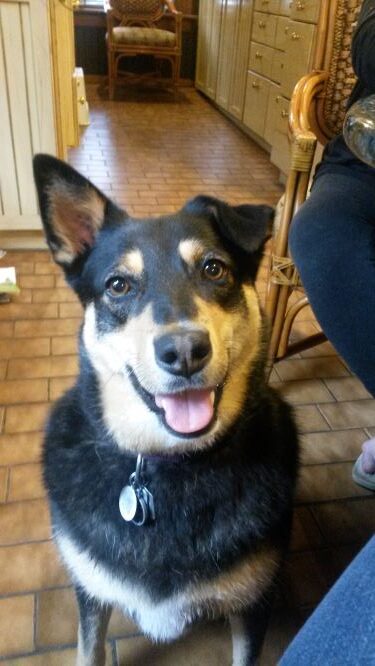
Decision Making Using a HeartMath(R)Technique
25-October-2022
When planning a project or event what is your usual process? How does it work for you? Could it be better? Whether it could or not let’s examine something you might not have tried. Let’s incorporate both head and heart in your decision making.
Think about the following:
- Did urgency influence your process?
- Did your process account for the human factor? (physical, cognitive, social, cultural, and emotional)
- Do you embrace your core values? If not, what happens with your projects or events?
Choose a project, plan, or idea you want to develop i.e., finding a new home.
“If you do not express your own original ideas, if you do not listen to your own being, you will have betrayed yourself.” – Rollo May
Heart and Mind Mapping

- Identify the idea, decision, or plan to work on and write it at the top of your page.
- Give yourself lots of room – divide the page in two or consider using two pages.
- Draw two circles – one for the mind and one for the heart – put them in the middle of each section.
- In the Mind Map write down all the ideas, to-do items, concerns, worries in a spoke format from the centre circle. Don’t edit or analyze, just get the information out. When you can’t think of anything more move to the Heart Map.
- Use the Freeze Frame Technique to clear your mind and access your heart intelligence. Ask your heart what else this project needs. Give yourself several seconds before you begin to write.
- Now add the perspectives you gained from the HeartMath(R) Freeze Frame Technique(TM), using the same spoke format. Once again, do not edit. You can use images if they work better than words. If doubts or reactions pop into your mind, add them to the Mind Map.
- You might need to repeat the Freeze Frame Technique for more coherence. You might have to do this entire process more than once.
- Look at both maps (even if you are going to come back to them after engaging in the Freeze Frame Technique again). What do you observe about the two maps? How are they different? What actions do you need to take? Reset yourself with the Freeze Frame Technique(TM) as needed to help identify your priorities.
- You might find that some ideas need a separate Heart Map of their own.
- What have you discovered?
- Any insights?
- What are your next steps? Create an action plan.
- Anchor* your actions – like Pavlov’s dog, connect a stimulus that will elicit a reaction to move on the actions you have identified.

*Anchoring is a Neurolinguistic Programming (NLP) way of talking about classical (Pavlov’s) conditioning, but it made a lot more sense.